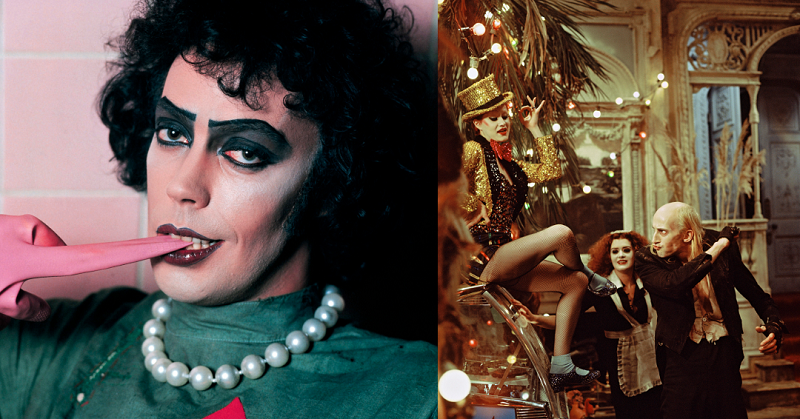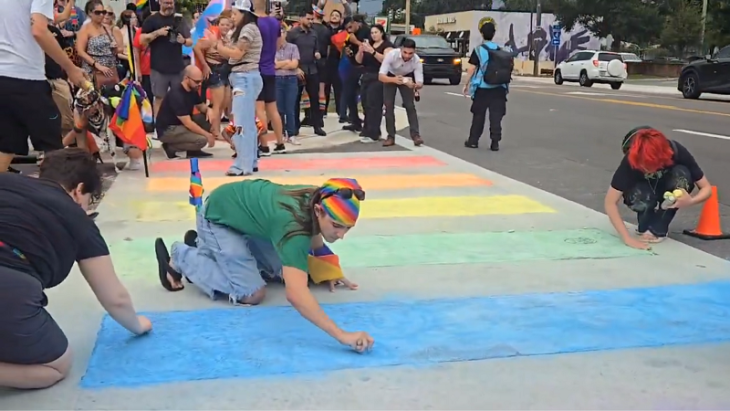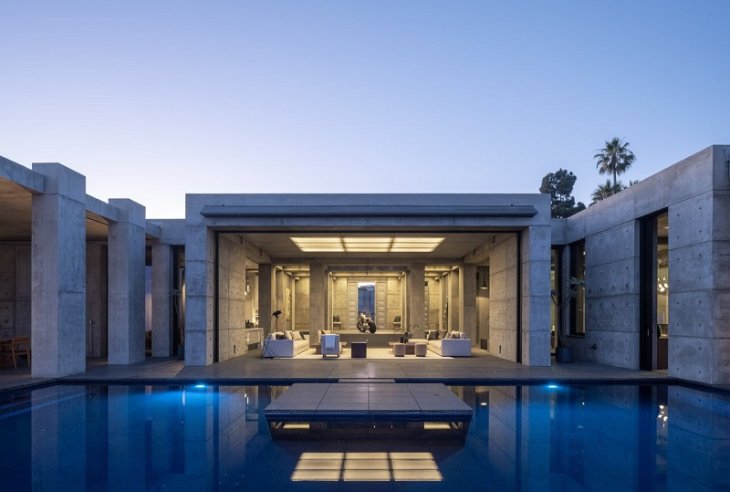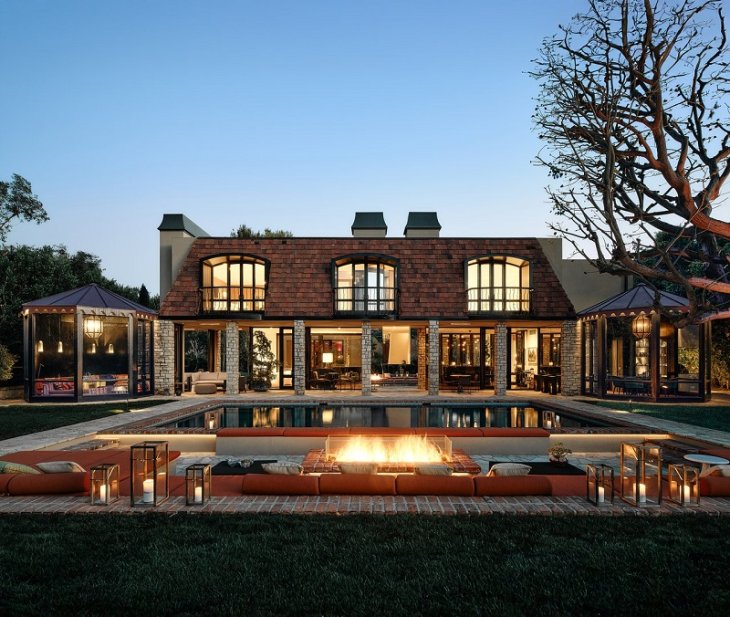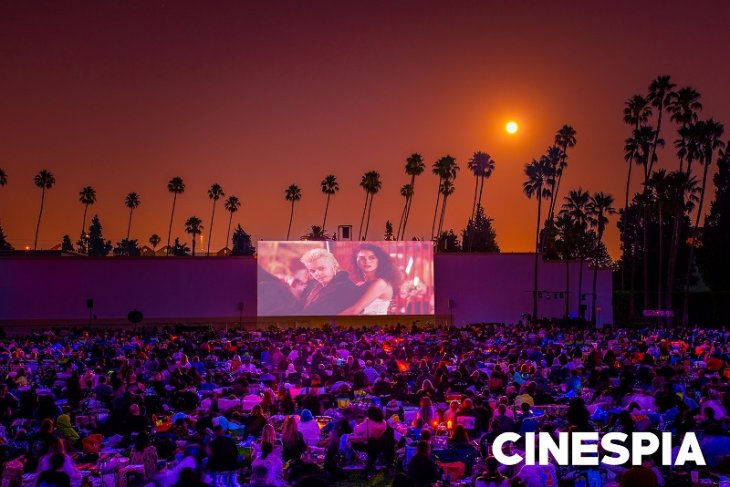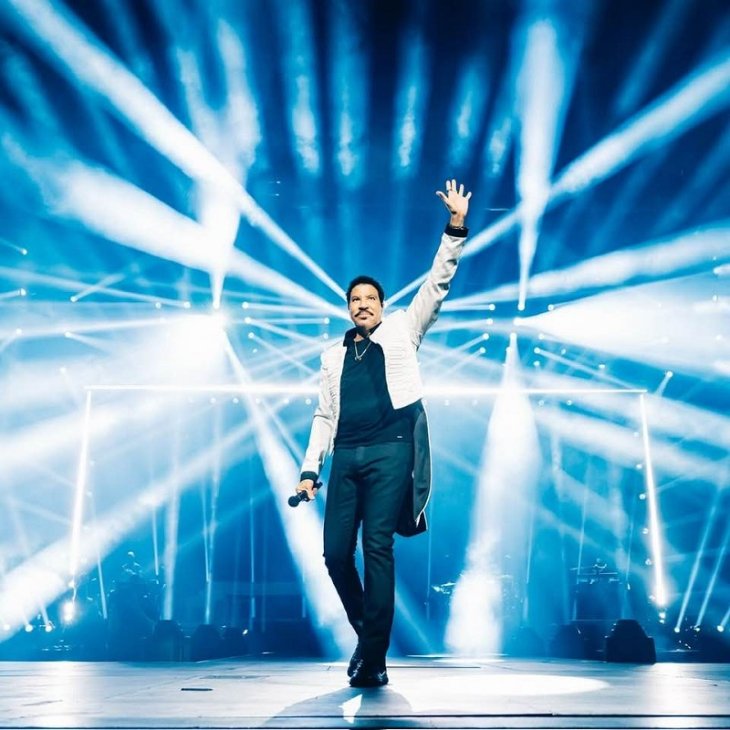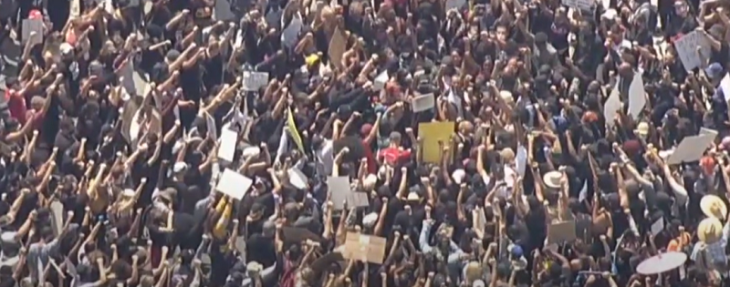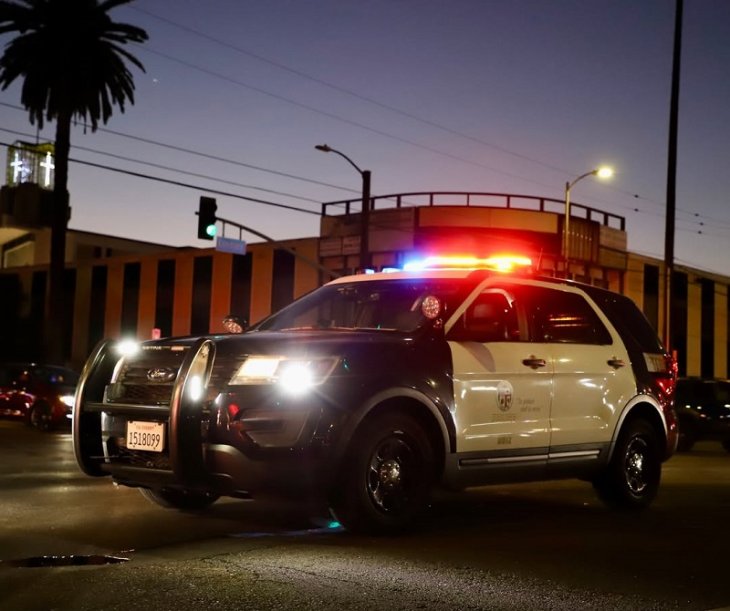Book Features Rare Images, Cast Interviews, and Reflections From Cultural Icons
As The Rocky Horror Picture Show approaches its 50th anniversary this fall, a new book will pull back the curtain on the cult phenomenon with never-before-seen images from the late rock photographer Mick Rock.
Rocky Horror: A Behind the Scenes Look at the Cult Classic, published by Harper Pop, to be released on September 30, gathers 256 pages of rare photographs, production materials and personal notes from Rock, who was the only photographer granted full access to the 1975 film set. The volume, priced at $50, pairs his images with cast interviews and reflections from a lineup of cultural figures who credit the film as a source of inspiration.
You can preorder the book here.
Rock, dubbed “the man who shot the seventies” for his portraits of David Bowie, Lou Reed, Queen, and Iggy Pop, spent six weeks at Bray Studios documenting the making of Rocky Horror. His camera captured Tim Curry’s metamorphosis into Frank-N-Furter, Susan Sarandon’s early ingénue role, and the creative chaos that later fueled one of the most enduring midnight movie traditions in history.
Although the film flopped when it debuted, Rocky Horror has since grossed nearly $225 million and remains the longest-running theatrical release, thanks to decades of interactive midnight screenings. Beyond the box office, it became a movement, one that embraced queerness, camp, and nonconformity, influencing fashion, music, and nightlife from Vivienne Westwood to RuPaul’s Drag Race.
Contributors to the book include Joan Jett, Billy Corgan, Courtney Love, Juliette Lewis, Jinkx Monsoon, Trixie Mattel, Peaches, Norman Reedus, Cassandra Peterson (Elvira), and others. Together with Rock’s images, described as part glitter, part punk, and part prophecy, the material offers what publishers call a definitive portrait of a cultural touchstone.
The collection is billed as both a visual time capsule and a tribute to Rock’s legacy, as well as a celebration of how a film once dismissed at the box office grew into a global symbol of self-expression.

